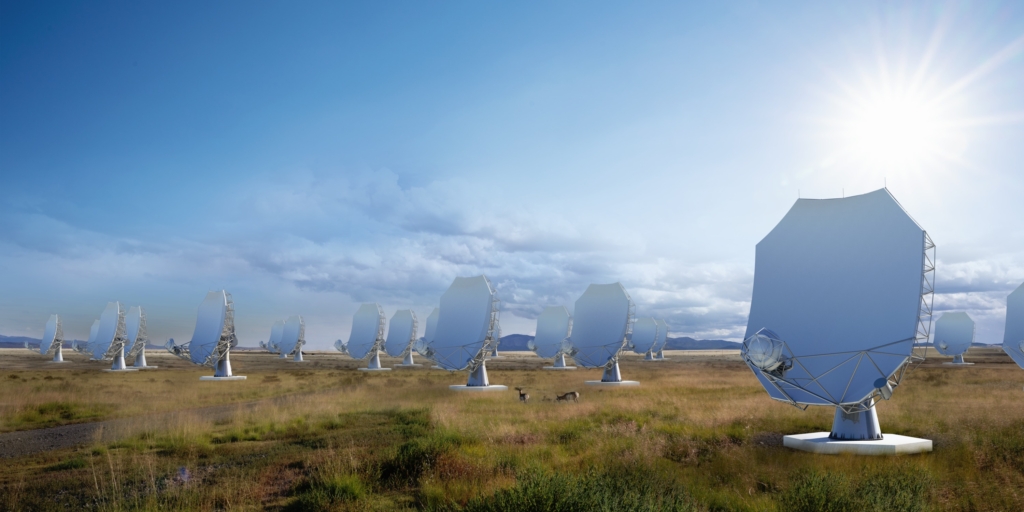AUI will present at the 247th meeting of the American Astronomical Society in Phoenix from January 4-8.
Recent News
ALMA Helps Unmask Monster Black Hole Behind Record-Breaking Cosmic Burst
Astronomers have used the Atacama Large Millimeter/submillimeter Array (ALMA) together with a suite of space- and ground-based telescopes, to study AT 2024wpp, the most luminous fast blue optical transient (LFBOT) ever observed.
Astronomers Make First Radio Detection of Rare Supernova Type, Revealing Secrets of Stellar Death
Astronomers using the U.S. National Science Foundation Very Large Array have captured the first-ever radio signals from a rare class of stellar explosion known as a Type Ibn supernova.
$21 Million NSF Award Will Bring ngVLA Design to Life

The largest astronomical array in North America is one step closer to becoming a reality. The National Radio Astronomy Observatory (NRAO) is pleased to announce that the National Science Foundation (NSF) has awarded a 3-year, $21 million grant to Associated Universities, Inc. (AUI) to further the design of the next generation Very Large Array (ngVLA). Said Tony Beasley, Director of NRAO, “Despite challenging economic times, this award demonstrates a strong commitment from the research community and the NSF to create astronomy’s next great instrument, and continue U.S. radio astronomy leadership. NRAO is committed to begin construction of the ngVLA later this decade.”
Late this summer, the NSF formally entered the ngVLA project into the Major Research Equipment and Facilities Construction (MREFC) design process at the Conceptual Design Phase. The NSF-led Conceptual Design Review (CDR) is expected next Spring and will be supported by this most recent award. While this does not yet represent a commitment to construct the telescope, the review signals the project’s strong scientific and technical promise and growing project readiness. The three MREFC reviews (Conceptual, Preliminary, and Final) will provide NSF with the critical information needed to consider adding ngVLA construction to a budget request later this decade.
The concept for the ngVLA was created in 2016, and the telescope was presented to the ASTRO2020 Decadal Survey in 2019. Delivery of the ngVLA prototype antenna to the VLA site is expected in summer 2024.
The National Radio Astronomy Observatory is a facility of the National Science Foundation, operated under a cooperative agreement by Associated Universities, Inc.
This news article was originally published on NRAO website on September 14, 2023.
Recent News
AUI to Attend AAS 247 Conference
AUI will present at the 247th meeting of the American Astronomical Society in Phoenix from January 4-8.
ALMA Helps Unmask Monster Black Hole Behind Record-Breaking Cosmic Burst
Astronomers have used the Atacama Large Millimeter/submillimeter Array (ALMA) together with a suite of space- and ground-based telescopes, to study AT 2024wpp, the most luminous fast blue optical transient (LFBOT) ever observed.
Astronomers Make First Radio Detection of Rare Supernova Type, Revealing Secrets of Stellar Death
Astronomers using the U.S. National Science Foundation Very Large Array have captured the first-ever radio signals from a rare class of stellar explosion known as a Type Ibn supernova.
